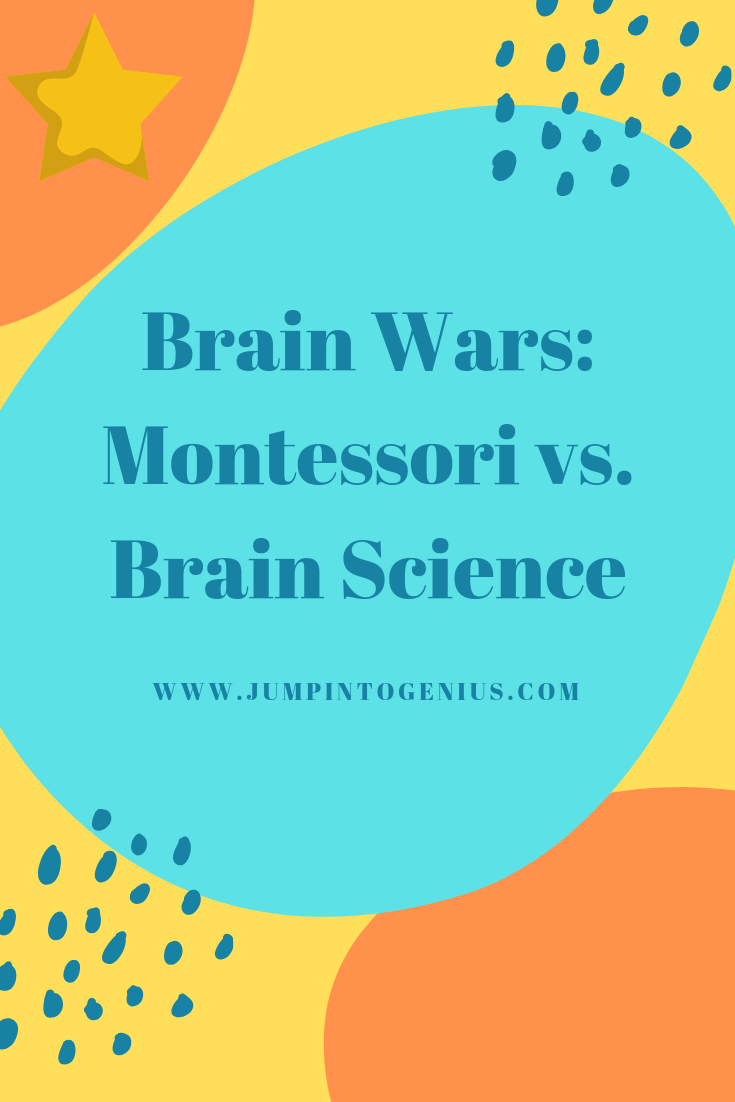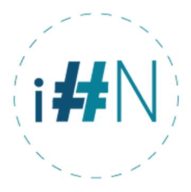
As I read about cognitive and neuroscience and all the amazing ways our brain learns I often see why I was attracted to certain educational philosophies and also why I didn’t jump all in. In other words, most of the educational philosophies popular in the homeschooling world have clear strengths and weaknesses when viewed through the lens of modern brain science.
It is time to judge these philosophies against the truths revealed by science. This is not to disparage any one philosophy of education, or even to elevate science above philosophy. It is simply that when we consider education from more than one angle we can often get to the heart of the deepest, universal truths. Yes, I said universal truths. Learning is not all relative or unique. Yes, humans are all unique and our kid’s brains may work in slightly idiosyncratic ways. But what goes on in our brains when we learn is much more similar to what happens in every other person’s brain than it is different.
So even though we may tweak the details of our children’s education to personally suit them, we do not need a separate philosophy for each child. Understanding the big, deep, universal truths about how humans learn can transform our homeschooling adventures. With understanding comes confidence and discernment. There is no getting around the fact that our self-embraced freedom as homeschoolers means we have a million choices to make about our child’s education. Making good choices, knowing what each child needs and when, is an art, but that art, like any other, has underlying principles. Once we understand those principles we will be able to compose a beautiful education each day and week, month and year, for our child, with greater ease.
This art of education is more important than any other art in the world, as we are forming souls and shaping the future of humanity. And this art is closer to our heart than any other artistic endeavor we will attempt throughout our lifetimes. These are our children, and we want not only to get it right but to paint the most beautiful childhood for them that we possibly can. In fact, we desire to paint a perfect picture…but the thing about art is that it defies being defined as perfect. Certainly, art comes in various qualities and styles, some works fading away and other enduring over time. But no one piece of art is the ‘perfect’ piece towards which all artists strive.
It is the same with parenting and educating our children. There is no one perfect outcome. There is a nourishing and unfolding of beauty, a discovery of what this canvas is capable of holding and being and doing. There is no perfection.
Here, we dive into what every human canvas, the brain, needs to develop.
Defining Montessori Education
Montessori education and schools developed from the teachings and experiences of Maria Montessori. This method of education is focused on the child and uses their drive to interact with the world around them as the primary force.
“The directress was not to “teach”; she was to present, observe, and allow children to teach themselves as they worked with the materials that made up the properly prepared environment for their spontaneous activity.”
The History and Philosophy of Education Voices of Educational Pioneers, Maddona M. Murphy pg. 371
The teacher’s primary role is observation to understand the needs and interests of the children.
The environment of the classroom is carefully set-up as a place for children to learn through exploration and activity.
Maria Montessori believed that children desire to work and take care of themselves. She was the first person to suggest we should have child-sized sinks, brooms, and other tools made for little hands.
Montessori first worked with children who were classified as mentally retarded and soon found that using her methods many of them learned to read and write. This was great to society in the early 1900s as everyone believed these children were incapable of learning.\
Montessori believed in the neuroplasticity before there were any words to describe such a concept.
The Interest Edge
One of the greatest brain strengths of Montessori education is that you are allowing a child to explore their interests. This avoids the problem of education being boring. They go to the activities in the room that they are curious about. The do that activity until they are tired of it, and then they move onto the next activity.
The world is spread before them in a developmentally appropriate way. Their learning advances as the teacher observes that children are no longer interested in an activity and replaces it with a more complex activity.
This is a clever way to individualize education in a classroom setting. We know how important it is for children to learn at the correct level. Lessons that are too hard will shut their learning brain down due to the frustration they cause. Lessons that are too easy will be tuned out, because the brain craves challenge. The brain wants puzzles and challenges and lessons that are a bit tricky, but not so tricky they cannot be solved and understood.
It is an art to teach children in this “just right” way. Especially if you have a large number of students to teach.
Montessori education solves this problem by recognizing that children will seek out their own ‘just-right’ level and giving them the freedom to do that.
Life is Movement and Movement is Brain Development
Another strength of the Montessori approach is that children do not sit at a desk for hours and hours every day. Sitting is not healthy and not what our bodies are designed to do. Not only that, but movement actually creates brain growth. There is a lot going on in the brain when we move and although we have all the scientific evidence to show how important movement is, our societal vision of a learning environment is still restricted to desks.
Learning should not be confined to a desk, nor should children. A classroom where children move from station to station to do various activities keeps them practicing both gross and fine motor skills in a natural way.
Repetition Without Doldrums
Repetition is incredibly important for learning. Memory has gotten a bad reputation over the last century, and with that so has repetition. But without memory and repetition, there is not learning. Memory is how we learn. The problem occurs when repetition is assigned in a boring and dull way. When remembering becomes a chore instead of a natural result of exploration and games.
The Montessori method solves this problem by presenting the children with engaging activities that kids are fascinated with and enjoy doing.
Montessori education is very brain-friendly.
For more information about Montessori education check out the Montessori Research Foundation.
For help figuring out how to incorporate Montessori learning into your homeschool check out The Overwhelmed Mom’s Guide to Montessori Homeschooling.



2 Responses
[…] Brain Wars: Montessori vs. Brain Science […]
The Montessori approach seems wonderful.